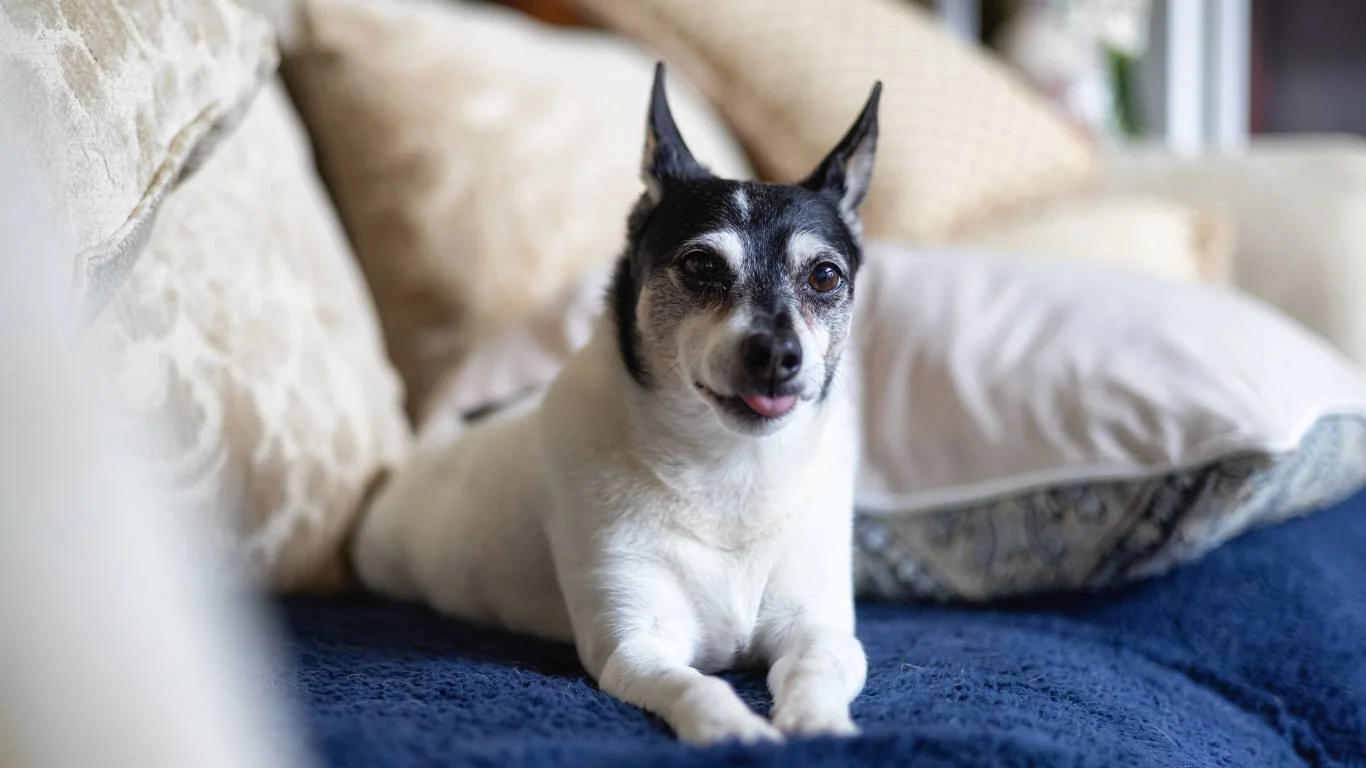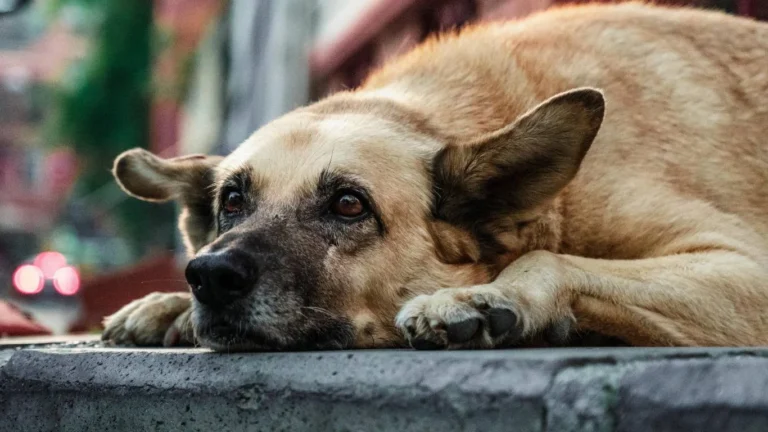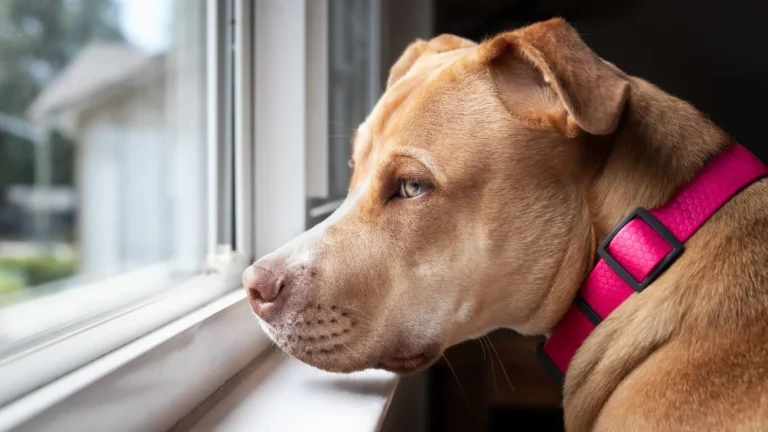Urgent Signs: What to Do If Your Dog Is Breathing Fast While Resting
So, you’ve just noticed your dog breathing faster than usual while resting, and naturally, your mind races to all the worst-case scenarios. I totally get it. As a veterinary assistant with a focus on nutrition, I’ve had countless pet parents reach out in a panic asking: what to do if your dog is breathing fast while resting? It’s unsettling to see your pup panting when they haven’t been running around or playing. Let’s break it down in simple terms and go over what’s normal, what’s not, and when it’s time to worry—because being informed is the first step to being calm.
Is Rapid Breathing in Dogs Always a Bad Sign?

Not necessarily. Dogs breathe faster than we do by default—anywhere between 10 to 35 breaths per minute when they’re relaxed. But when that number climbs higher without an obvious trigger, it’s worth paying attention. From my experience working in clinics, there are a bunch of benign reasons your dog might be breathing fast—like temperature changes or dreams—but also some more serious health concerns.
Normal Reasons Why Your Dog Might Be Breathing Fast at Rest
Let’s start with the less scary stuff. Here are a few common, non-emergency causes I’ve seen:
- Heat: If your pup’s laying in a sunbeam or just came in from outside, they might be panting to cool down.
- Dreaming: Dogs dream just like us. Ever noticed little twitches or whimpers? Those can come with faster breathing.
- Anxiety: Fireworks, thunderstorms, or even a new environment can make your dog breathe faster when they’re resting.
- Excitement: Some dogs get hyped up over small things—even your footsteps heading toward the treat cabinet can cause a spike in breathing.
These are usually temporary and subside pretty quickly. The trick is to observe the whole picture—not just the breathing, but their body language, eyes, posture, and energy levels.
When You Should Be Concerned
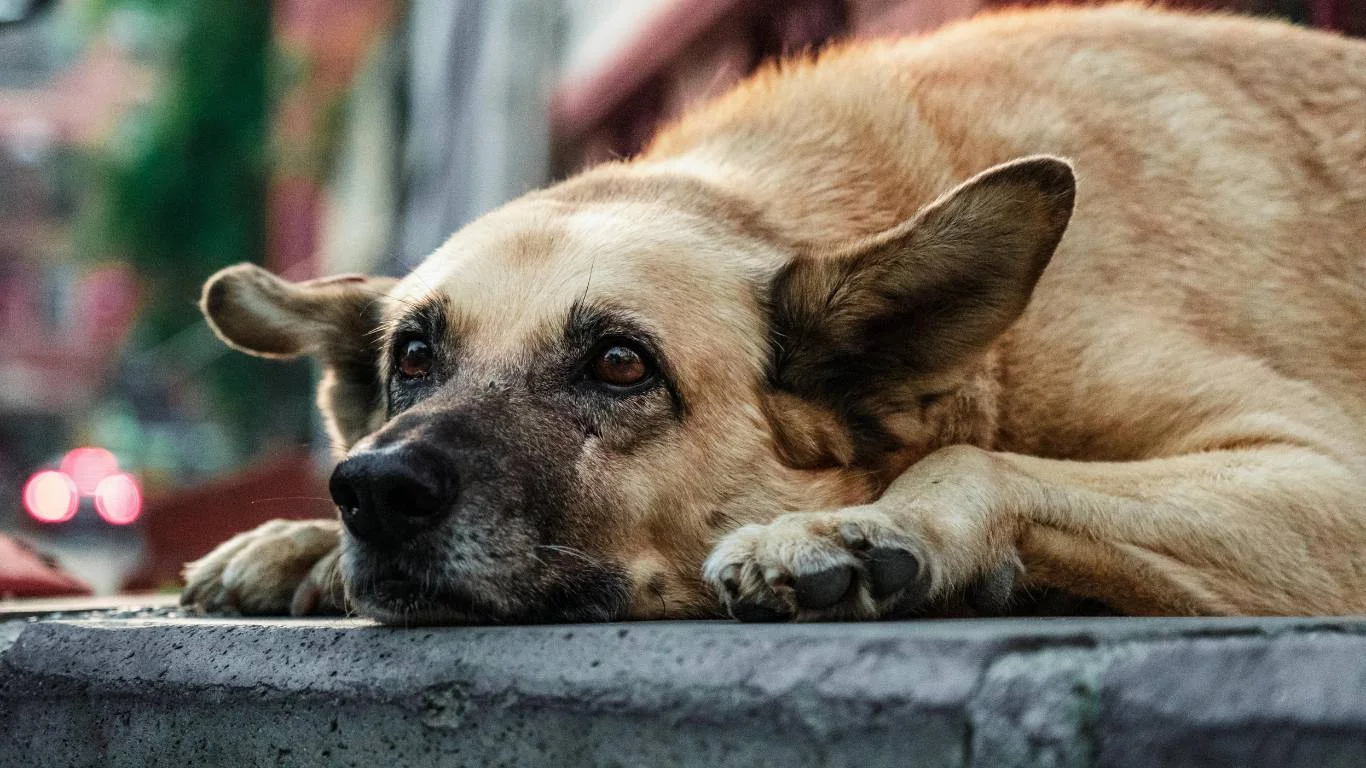
If you’ve ruled out the usual suspects and your dog is still breathing fast while resting, it might be time to dig deeper. Here are some of the more serious possibilities I’ve seen firsthand in the clinic:
- Heart Disease: Dogs with heart conditions often show signs like labored breathing, coughing, or fatigue—even when they’re just lying down.
- Lung Issues: Things like pneumonia or bronchitis can cause your dog to breathe rapidly. These usually come with coughing, too.
- Pain: Dogs don’t always yelp or limp when they’re hurting. Fast breathing can actually be one of the subtle signs your dog’s in discomfort.
- Internal Injury: If your dog recently took a tumble or had an accident, internal trauma could be the culprit.
- Anemia: I once had a client’s dog show rapid breathing as the first sign of a low red blood cell count. Their gums were pale, and they seemed weak.
How to Check Your Dog’s Breathing Rate at Home
This is a super handy skill I always recommend to pet parents. Knowing your dog’s baseline can help you catch early signs of trouble. Here’s what to do:
- While your dog is resting (not sleeping), count how many times their chest rises in 15 seconds.
- Multiply that number by four to get their breaths per minute.
- A normal resting rate is typically under 30 breaths per minute. Anything over 35 is worth noting.
If you’re not sure, do it a few times to get an average. And if you’re still concerned? Trust your gut—better to make that vet call than second guess yourself.
What to Do if Your Dog is Breathing Fast While Resting
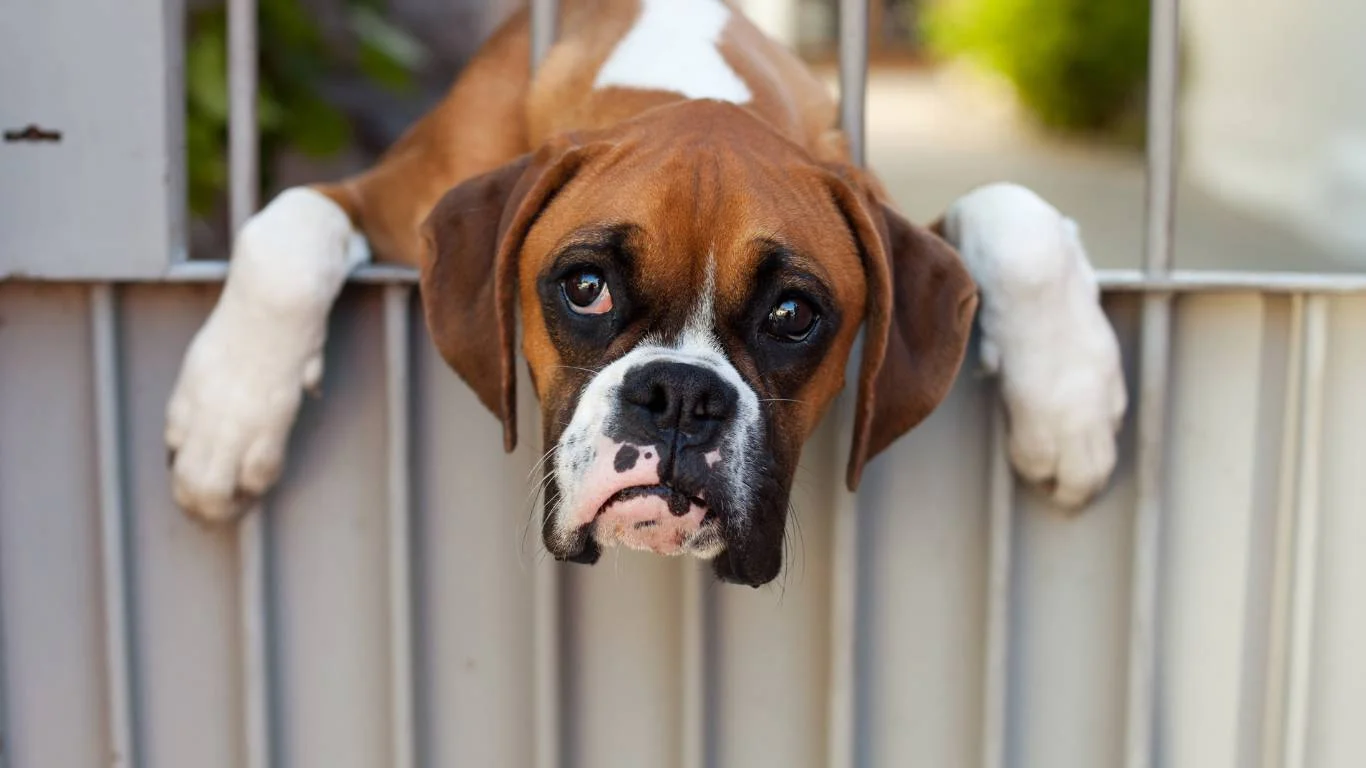
Here’s where I like to remind pet parents to stay calm but proactive. Take a step-by-step approach:
- Assess the Environment: Is the room too hot? Was there a recent trigger (noise, new pet, excitement)?
- Check for Other Symptoms: Look for signs like coughing, lethargy, pale gums, or a distended belly.
- Document It: Grab your phone, record a short video of your dog breathing. It’s super helpful for your vet to see what you’re seeing.
- Contact Your Vet: If your dog’s breathing doesn’t normalize within a few minutes—or if they seem distressed—call your vet. Don’t wait.
As someone who’s worked closely with veterinarians for years, I can tell you: no vet minds getting a call like this. We’d always rather check something out early than treat it late. And you’re not overreacting—you’re being a responsible pet parent.
Common Breathing Disorders in Dogs to Be Aware Of

Once you’ve observed your dog and ruled out things like excitement or heat, it’s helpful to understand some actual conditions that could cause fast breathing while resting. In my time working at the clinic, I’ve seen a range of cases—some mild, others more urgent. Knowing what to watch out for could save you a lot of stress down the road (and possibly a midnight emergency vet trip).
1. Brachycephalic Syndrome
If you have a flat-faced breed like a Bulldog, Pug, or Shih Tzu, this might already be familiar. These breeds often struggle with breathing due to the shape of their skulls. I remember one little Frenchie, Winston, who’d start panting like crazy even while lying still. His nostrils and soft palate made breathing extra difficult—especially in warm weather.
- Signs: Snorting, noisy breathing, frequent panting, and even fainting in severe cases.
- What to do: Keep them cool, manage their weight, and talk to your vet about surgical options if needed.
2. Laryngeal Paralysis
This condition usually affects older, large-breed dogs like Labs or Golden Retrievers. Their larynx (voice box) doesn’t open properly, which makes it harder to breathe, especially when they’re lying down or resting after activity.
- Signs: Raspy breathing, heavy panting, and difficulty catching their breath.
- What to do: Call your vet if you suspect this. It can be managed with medication or surgery.
3. Tracheal Collapse
Seen mostly in small breeds like Yorkies or Pomeranians, this one’s heartbreaking. I’ve had to help more than a few anxious pet parents with dogs who suddenly start honking or gasping for air—usually when they’re resting or excited. Their trachea, or windpipe, weakens and flattens, making it hard to breathe comfortably.
- Signs: Goose-honk cough, trouble breathing at rest, or during collar pressure.
- What to do: Use a harness instead of a collar, keep your pup calm, and check with your vet for long-term care plans.
The Role of Diet and Nutrition in Breathing Health
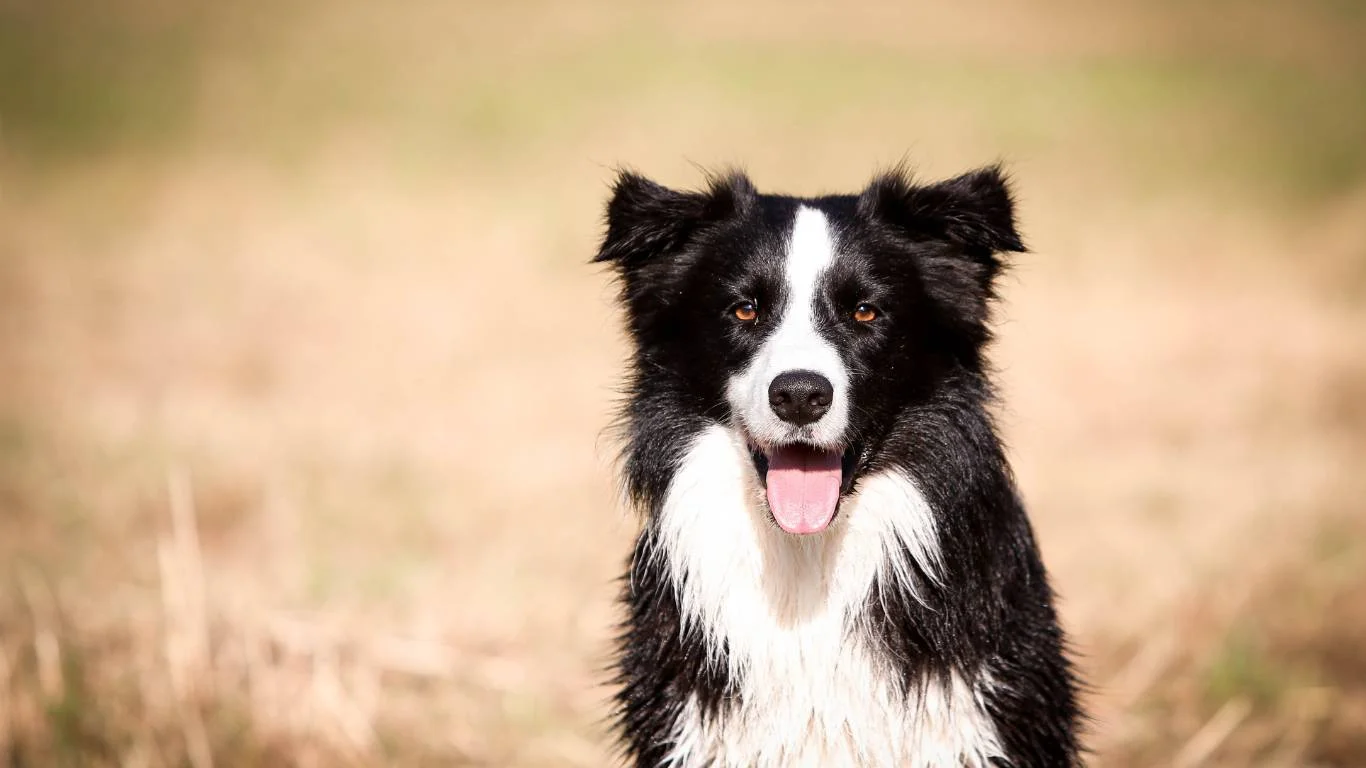
As someone who focuses a lot on pet nutrition, I can’t stress enough how much diet impacts respiratory health. It’s not the first thing people think about when their dog’s breathing fast, but believe me—it matters.
Weight Plays a Major Role
Extra pounds can put pressure on your dog’s chest and lungs, making it harder for them to breathe, even at rest. I once had a sweet Labrador named Rosie come in with labored breathing, and it turned out she was 20 pounds over her ideal weight. After adjusting her food and exercise plan, her breathing improved dramatically within weeks.
- Switch to a vet-approved weight management formula.
- Incorporate fresh veggies like green beans or carrots as low-calorie snacks.
- Measure portions—no free feeding, even if those puppy eyes are convincing!
Essential Nutrients for Respiratory Support
Here’s something I wish more pet parents knew: omega-3s, antioxidants, and quality protein all support lung and immune function. Dogs with chronic issues like asthma or heart disease especially benefit from a nutrient-rich diet.
- Omega-3 fatty acids: Help reduce inflammation in airways. Think fish oil or flaxseed supplements.
- Vitamin E and C: Powerful antioxidants that support cellular repair.
- Taurine: Crucial for heart health, especially in breeds prone to cardiac issues.
Monitoring and Recording Your Dog’s Breathing Patterns

If you’re still wondering what to do if your dog is breathing fast while resting, one of the most helpful things you can do is become your dog’s at-home health detective. Yep—grab that phone and start taking notes.
How to Create a Breathing Log
This is something I often recommend during consultations. It’s super simple and incredibly helpful during vet visits:
- Track the time and date of each fast breathing episode.
- Note what your dog was doing right before—sleeping, eating, getting excited?
- Record their breathing rate (chest rises per minute) and any other symptoms (coughing, drooling, etc.).
- Take short videos when you can—it gives your vet visual context that a written description can’t.
Not only does this show your vet you’re proactive (which we love), but it can also help identify patterns or triggers that you might otherwise miss.
When Fast Breathing Becomes an Emergency
Here’s the reality: sometimes it’s more than just fast breathing. From my time in emergency intake, I’ve learned to look for these red flags:
- Blue or pale gums – Indicates low oxygen levels. This is urgent.
- Open-mouth breathing in a dog – Unless they’re panting from heat, this can be serious.
- Collapse or fainting – Don’t wait. Head to the emergency vet immediately.
- Extreme lethargy or confusion – Can be signs of systemic illness or poisoning.
Again, you know your dog best. If something feels off, it probably is. I always say: better to be safe and a little overcautious than to wait too long and regret it.
Helping Your Dog Stay Comfortable During a Breathing Episode

So, you’ve done your breathing checks, maybe even logged a few episodes, and now you’re in the middle of another one. Your dog is breathing fast while resting, and your brain is screaming, “What now?!” First off—take a deep breath. I’ve been there with my own senior mixed-breed girl, Luna, and I promise you, staying calm helps more than you think.
Simple Ways to Soothe Your Dog
While you wait for a vet appointment—or even if you’re monitoring a mild episode at home—there are a few practical things you can do to help your dog feel more at ease:
- Keep the room cool and quiet: Turn off noisy appliances, dim the lights, and turn on a fan or air conditioner.
- Offer cool water: But don’t force it. Just make sure it’s nearby in case they want it.
- Don’t crowd them: I know the instinct is to snuggle and soothe, but some dogs need a little space to breathe easier—literally.
- Use calming tools: Products like pheromone sprays or calming wraps (like Thundershirts) can help anxious breathers settle down faster.
One of my clients had a golden retriever named Max who’d get anxious every time it stormed—and with that anxiety came fast, shallow breathing. We made a “safe zone” in a quiet room with his favorite blanket, a white noise machine, and his calming collar. Worked wonders.
Vet Diagnostics: What to Expect When You Bring Your Dog In
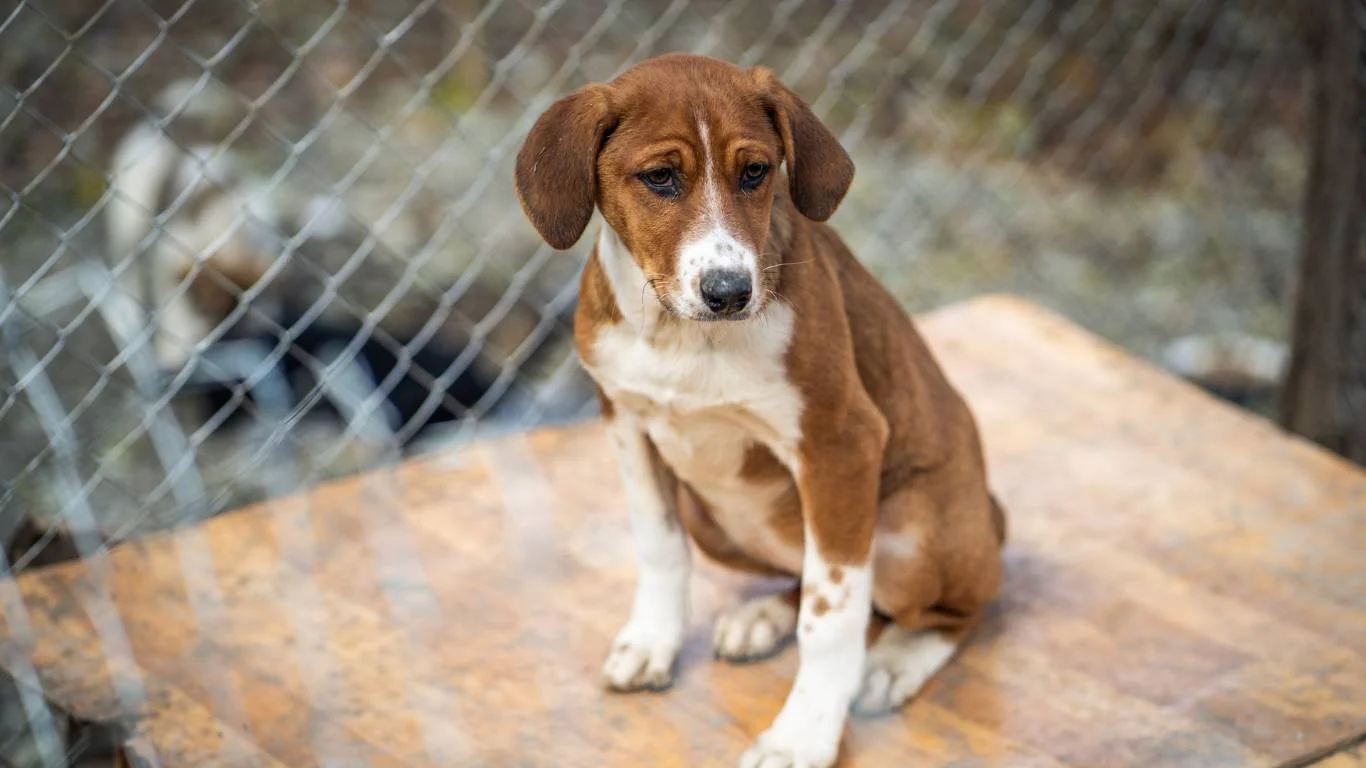
Once you decide it’s time to visit the vet (and if you’re unsure, it’s always okay to call and ask!), knowing what to expect can take a bit of the stress off. Over the years, I’ve walked pet parents through this process countless times.
Basic Diagnostics Your Vet Might Recommend
Depending on your dog’s age, breed, and symptoms, your vet may suggest a few of these tests:
- Physical Exam: Listening to the heart and lungs, checking gum color, temperature, etc.
- X-rays: These can reveal fluid in the lungs, heart enlargement, or airway obstructions.
- Blood Tests: To check for infections, anemia, or metabolic issues that could affect breathing.
- Heartworm Test: Especially in warmer regions where mosquitos are common—heartworm can absolutely cause rapid breathing.
- Ultrasound or ECG: For dogs showing heart-related signs, these give a closer look at cardiac function.
And here’s something not everyone tells you: bring a short journal or even just a note on your phone of the symptoms and patterns you’ve noticed. It makes your vet’s job so much easier and helps get to the root of the problem faster.
Long-Term Management for Dogs With Breathing Issues
If your dog is diagnosed with a condition that causes fast breathing at rest—don’t panic. With the right care plan, many dogs go on to live happy, comfortable lives. It’s all about consistent care and knowing what works for your individual pup.
Tailoring a Management Plan
Once you have a diagnosis, here’s what you might be looking at:
- Daily Medications: For heart disease, asthma, or other chronic conditions.
- Diet Adjustments: As we covered earlier, managing weight and inflammation is key.
- Regular Vet Check-ins: Schedule follow-ups every 6–12 months to monitor progress and adjust meds if needed.
- Limit Intense Exercise: Short walks, gentle play, and avoiding hot days can prevent flare-ups.
One of my favorite success stories was a chihuahua mix named Benny who had mild tracheal collapse. With the right meds, a harness instead of a collar, and regular checkups, his breathing episodes almost completely stopped. He still had the same spunky energy—just minus the scary coughing fits.
Building Trust With Your Vet Team
If I can leave you with anything from all my years behind the scenes in clinics—it’s this: your vet team should be your partner, not just someone you visit when things go south. Ask questions. Speak up if something feels off. Don’t be shy about requesting clarity or more time during visits.
I’ve seen firsthand how empowered pet parents can spot red flags early and help us treat their dogs faster and more effectively. And your vet will appreciate your engagement more than you know.
Quick Recap: What to Do If Your Dog Is Breathing Fast While Resting
- Check their environment—is it too warm or stimulating?
- Take their breathing rate—anything above 30–35 BPM at rest needs a second look.
- Watch for other symptoms—coughing, lethargy, pale gums, etc.
- Record and log it—videos and notes can help your vet diagnose faster.
- Trust your gut—if you’re worried, call your vet. No shame in playing it safe.
With a little observation, some calm support, and open communication with your vet, most breathing issues are manageable—and your pup can get back to tail wags and nap-time snores in no time.
References
Disclaimer
This article is based on personal experience and general veterinary knowledge and is intended for informational purposes only. It is not a substitute for professional veterinary advice, diagnosis, or treatment. If your pet is experiencing symptoms or you are concerned about their health, always consult with a licensed veterinarian.
